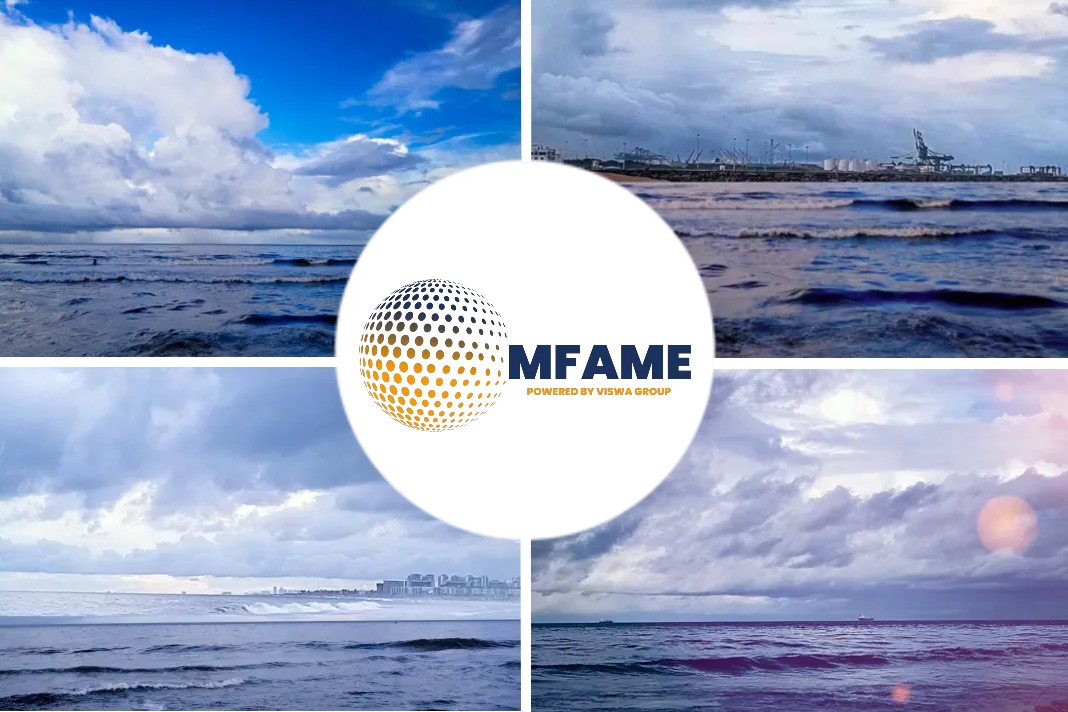Offshore vessels could now be designed using digital twins, supplied with 3D printed spares and remotely controlled in upcoming oil and renewables operations.
According to Damen Shipyards engineer Wijtze van der Leij, hardware-in-the-loop simulation along with digital twins can be used to optimise the design of offshore support vessels for specific applications.
Digital Twins
He told delegates at the Riviera Maritime Media’s Offshore Support Journal Conference, held in London, on 7 February, on how Damen had designed the Bibby Wavemaster 1, using Kongsberg Digital simulators, that models the SOV service vessel’s wave and current performance. “Our analysis showed this vessel should be able to operate in 3.5 m wave heights and Beaufort 8 winds, stretching the weather window,” said Mr van der Leij.
Damen’s hardware-in-the-loop testing involves unified operation between a hydrodynamic models of the vessel, dynamic positioning control station, planning workstation, gangway control and Kongsberg simulator.
Through these studies, Damen demonstrated that its SOV could operate for 70 more days in the north sea, compared to the platform supply vessel which is used for offshore windfarm and maintenance.
Remote monitoring
During operations, engine room systems can be monitored using sensors networked to a vessel’s satellite communications for onshore analysis and diagnostics. This is what Rolls-Royce Marine is introducing when it opens a fleet operations centre later this year.
Future offshore operations could be conducted using remotely controlled or autonomous vessels. Kongsberg Maritime sales manager Sondre Larsson explained how developments in vessel controls, battery packs, automation and navigation systems are driving design of remotely controlled vessels.
He highlighted how Kongsberg has worked with naval architects at Robert Allan to produce a concept for remotely controlled fire-fighting vessels. RALamander is a 20 m vessel with FiFi1 capabilities and broadband communications to a control centre.
3D printing
Rolls-Royce general manager Geir Oscar Loseth explained how this can lead to new long-term service contracts. He also admitted that Rolls-Royce was considering using 3D printers for producing spares for vessels. “3D printing offers opportunities and we will develop this with our customers,” he said. “There are hundreds of spares on vessels that could be printed, so it will be an important platform that we can manage.”
Potential applications
Other applications for autonomous offshore vessels will “depend on regulations and market needs” said Mr Larsson. He added this could include standby and offshore fire-fighting vessels. “A master vessel could operate smaller vessels.”
Did you subscribe for our daily newsletter?
It’s Free! Click here to Subscribe!
Source: OSJ Online

















